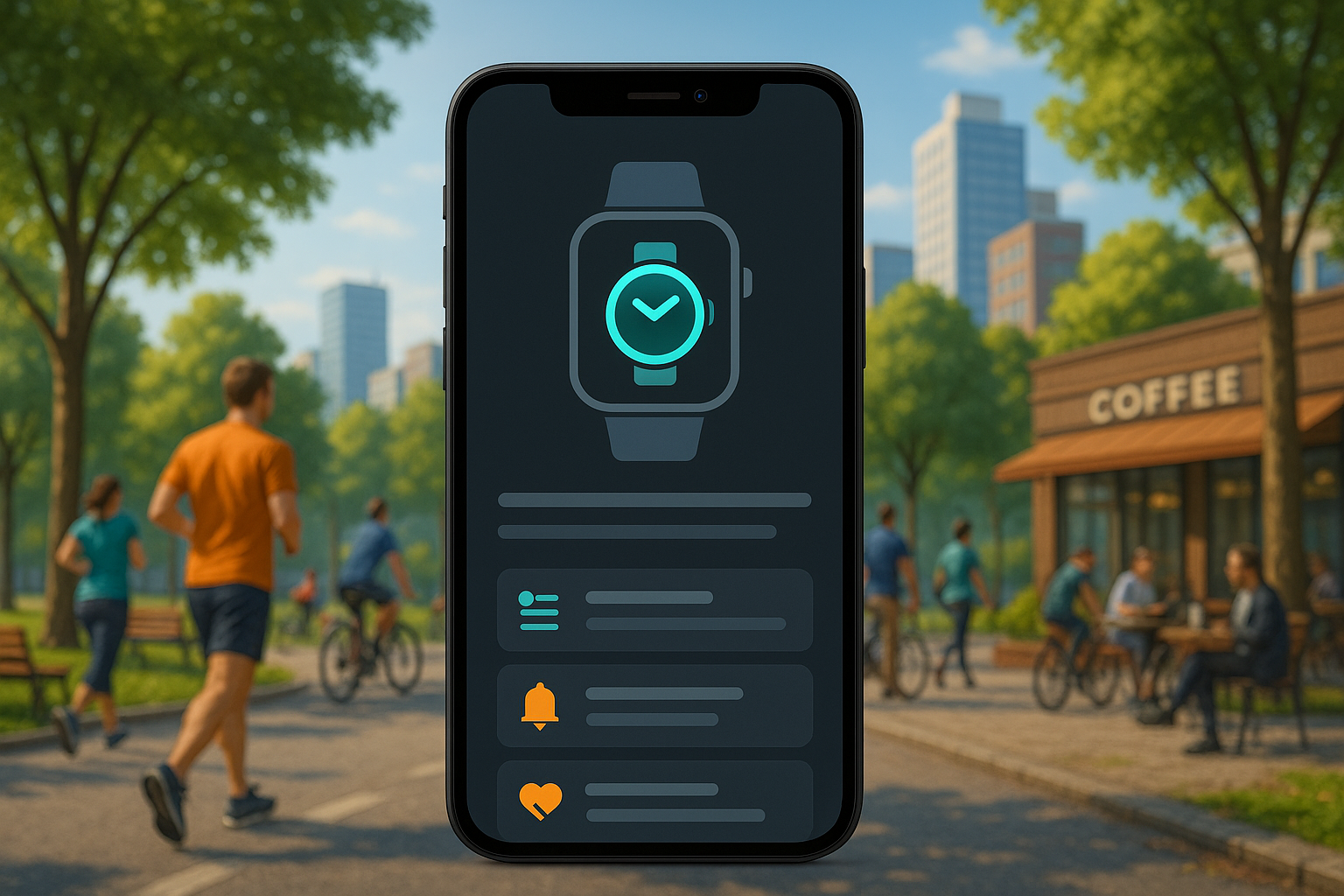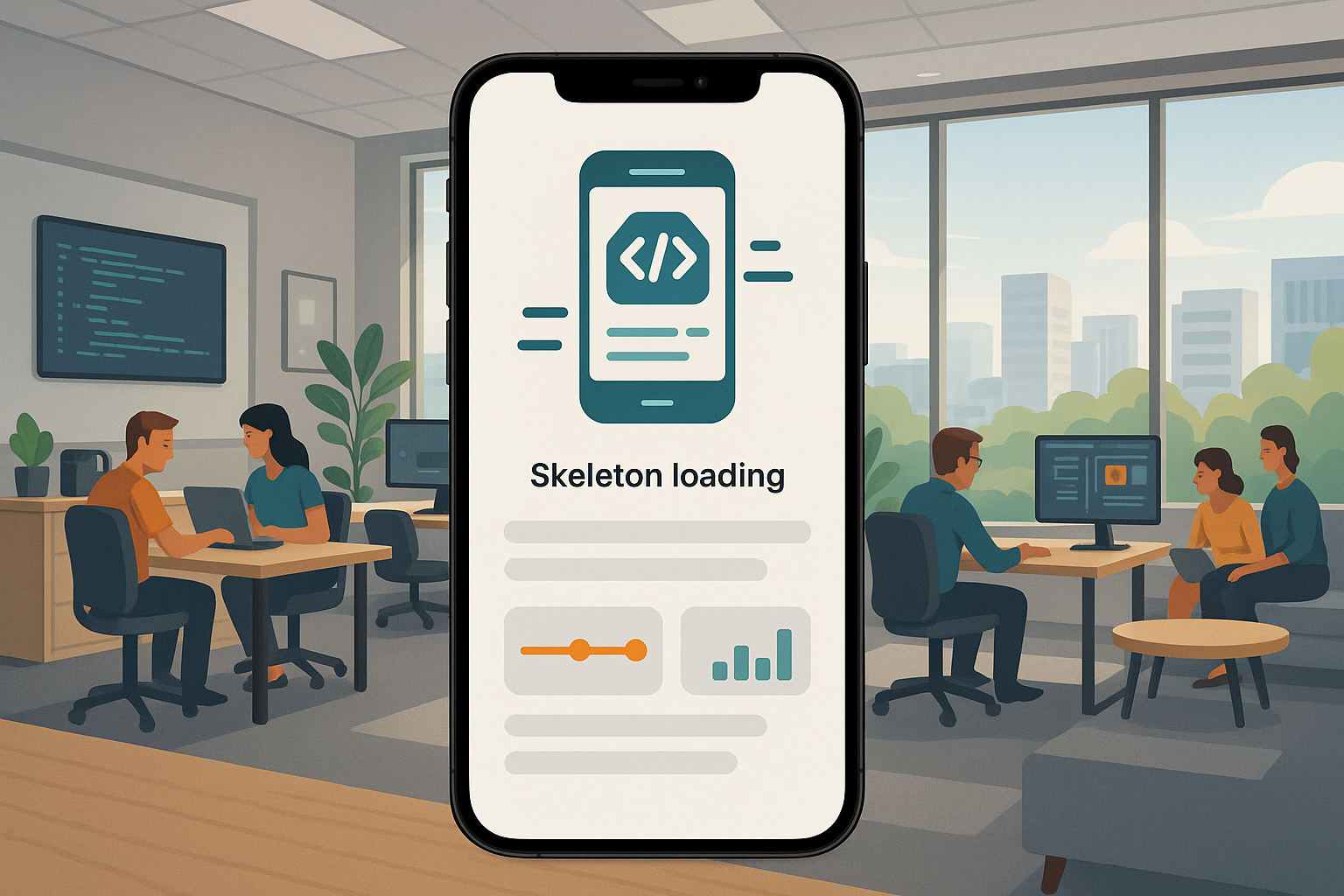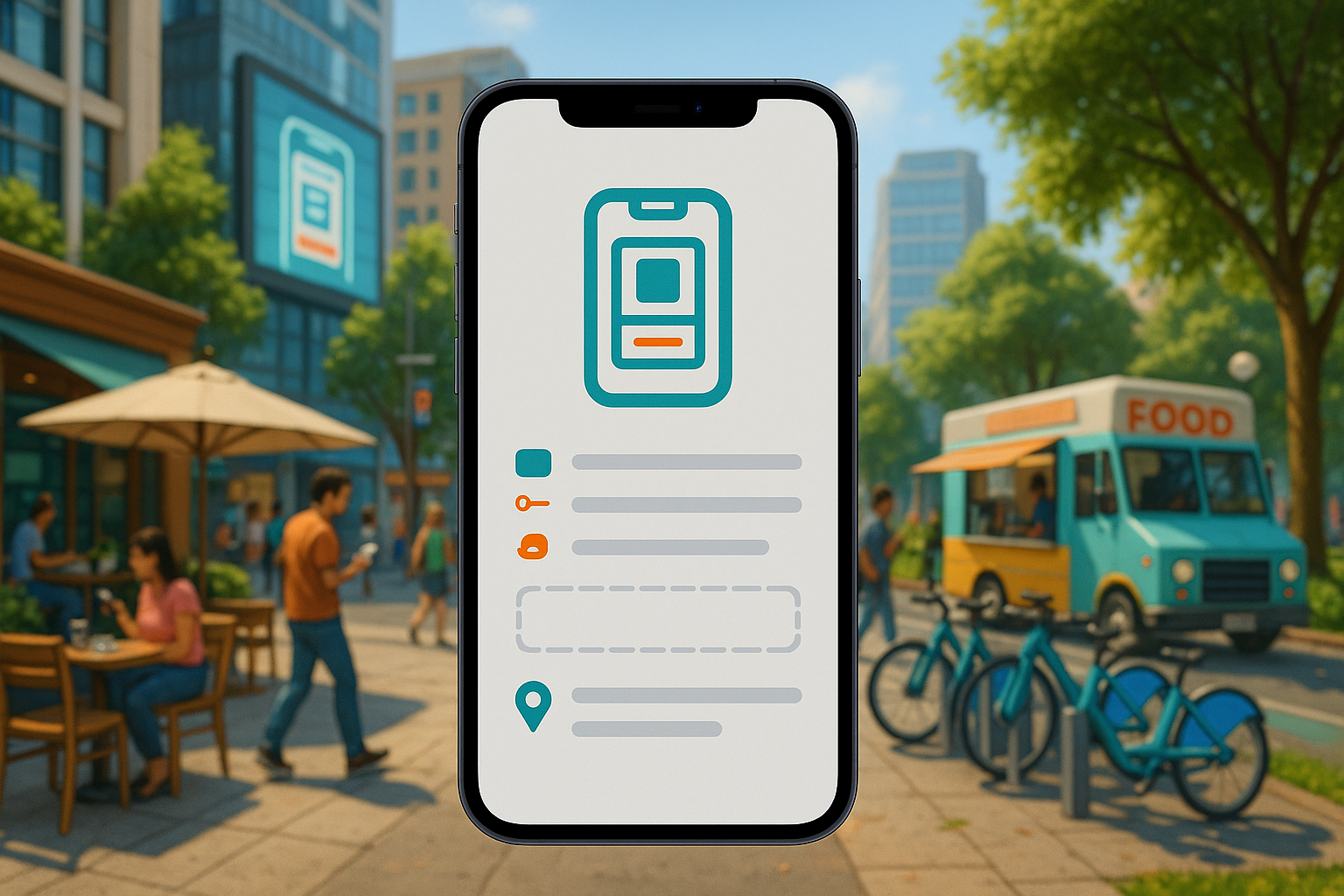Introduction: Navigating the Complexities of Angular App Development
Angular is a powerful and versatile framework that enables the creation of sophisticated, feature-rich applications. However, harnessing this power is not without its challenges. The journey of in-house Angular development is often fraught with common pitfalls that, if left unaddressed, can spiral into significant problems like unexpected application behavior, frustrating memory leaks, and severe performance degradation. These issues not only derail project timelines but can also compromise the end-user experience and the long-term viability of the product.
Successfully developing an Angular application requires a deep understanding of its architecture, best practices, and the subtle nuances that distinguish a high-performing app from a slow, unreliable one. This comprehensive guide will illuminate the landscape of Angular app development. We will explore what constitutes an Angular app, delve into the specific and often formidable difficulties of building one in-house, survey the wide variety of applications that can be built with the framework, and provide a realistic cost estimate for development.
Furthermore, we will discuss the critical role that an expert development partner can play. As a top US AI-powered app development firm with over 20 years of experience and more than 120 successful projects, we at MetaCTO have guided countless companies through this complex process. We specialize in transforming ambitious ideas into market-ready applications, and our expertise is particularly crucial when integrating Angular into mobile products. This article will show you how to avoid the common traps and how partnering with a firm like ours ensures your project is built right, from day one.
What is an Angular App?
At its core, an Angular application is a web application or website built using the Angular framework. The facts state that AngularJS, its predecessor, enables the construction of applications “quickly and simply with many features at a low price.” This principle continues with modern Angular, which is a platform for building single-page client applications using HTML and TypeScript. TypeScript, a superset of JavaScript, brings strong typing and object-oriented features to browser-side development, which is a cornerstone of Angular’s structure.
The primary goal of Angular is to provide a structured, component-based architecture for developers. This means a large, complex application is broken down into smaller, manageable, and reusable pieces called components. Each component controls a part of the screen—a patch of UI—and encapsulates its own HTML, styling, and logic. This modular approach is fundamental to building scalable and maintainable applications.
The versatility of the framework is evident in the sheer breadth of applications built with it. Angular is not confined to one industry or use case; it is the foundation for everything from internal business tools and productivity suites to public-facing finance, medical, and entertainment platforms. This adaptability stems from its comprehensive nature, offering built-in solutions for routing, state management, and client-server communication, which allows developers to focus on building unique features rather than reinventing foundational web technologies.
Reasons It Is Difficult to Develop an Angular App In-House
While Angular provides a powerful toolkit, its complexity creates numerous opportunities for error, especially for teams without deep, specialized experience. These mistakes are not trivial; they can lead to systemic issues that degrade performance and frustrate both developers and users. Here, we break down the most common and impactful challenges of in-house Angular development.
Common Pitfalls and Their Consequences
Developers embarking on their Angular journey may encounter a series of common pitfalls. When these mistakes are overlooked or left unaddressed, they don’t simply remain as minor code smells. They fester, leading to a trio of critical problems:
- Unexpected Behavior: The application begins to act in ways that are not intended, leading to a poor user experience and difficult-to-diagnose bugs.
- Memory Leaks: The application consumes more and more memory over time without releasing it, eventually causing the browser to slow down or even crash.
- Performance Degradation: The app becomes sluggish, with slow load times and unresponsive UI, driving users away.
Data Binding and UI Inconsistencies
One of Angular’s celebrated features is two-way data binding, often implemented with the ngModel directive. It creates a seamless synchronization between the model (the application’s data) and the view (what the user sees). However, using ngModel without understanding its limitations is a frequent error. When applied to complex objects or nested data structures, Angular’s change detection mechanism might not correctly perceive modifications deep within the object. This failure to detect changes results in a frustratingly inconsistent UI, where the underlying data has been updated, but the screen fails to reflect the new state.
RxJS and Memory Management
Modern Angular applications rely heavily on RxJS (Reactive Extensions for JavaScript) to handle asynchronous operations and data streams through “Observables.” Ignoring RxJS memory management is one of the most critical mistakes a developer can make. The issue arises from subscriptions: when a component subscribes to an Observable to receive data, it creates a persistent connection.
If these subscriptions are not explicitly managed and terminated when the component is destroyed, they can lead to severe consequences:
- Memory Lecks: The most common result. When observers are subscribed but not unsubscribed after use, they continue to hold a reference to the data and the component. This prevents the browser’s garbage collector from freeing up memory, even after the user has navigated away from that part of the application. Over time, as memory usage increases, application performance degrades.
- Application Crashes: In long-running applications, the cumulative effect of memory leaks can be catastrophic, consuming all available resources and leading to an outright application crash.
Performance Degradation from Directives and Change Detection
Angular’s change detection is the mechanism that automatically updates the view when the data changes. While powerful, it can become a performance bottleneck if not used efficiently.
- Overuse of Directives: Excessive use of structural directives like
*ngIf,*ngFor, and*ngSwitch, particularly with large or deeply nested data structures, can force Angular to do an immense amount of work. This can result in slow-running applications and other performance issues. Beyond performance, this overuse leads to increased template complexity and poor code readability, making the application harder to maintain. - Inefficient Change Detection: Failing to optimize change detection can decrease application performance, introduce long rendering times for UI components, and cause higher resource utilization. This often manifests as unnecessary re-rendering of components, where the DOM is updated even when there has been no change in the actual data. In resource-constrained environments, such as mobile devices with less memory and processing power, this inefficiency can make an application virtually unusable.
Code Maintainability and Coupling Issues
A well-structured application is easy to maintain and extend. Several common Angular mistakes directly undermine this goal.
- Neglecting Dependency Injection (DI): Not leveraging Angular’s built-in DI system is a significant error. DI is a design pattern that promotes loose coupling. Neglecting it results in tightly coupled code, where components and services are directly responsible for creating their own dependencies. This tightly coupled code is difficult to maintain as the application grows in complexity, and it becomes incredibly hard to test because replacing real dependencies with mock objects for unit testing is a challenging task. This practice also leads to code duplication, as developers may manually create the same instance of a service in multiple places.
- Overusing
ngOnChanges: ThengOnChangeslifecycle hook is designed to act on changes to a component’s inputs. However, developers often overuse this method, leading to performance issues, code complexity, and reduced maintainability, especially when it’s used to handle changes in complex objects or arrays. - Tight Coupling with Angular Material: While Angular Material is an excellent UI component library, tightly coupling application components to it can be problematic. This approach increases dependencies and the project’s overall bundle size. More importantly, it results in reduced flexibility and makes it very difficult to customize the UI or migrate to a different UI library in the future, a phenomenon known as vendor lock-in.
Initial Load Times and User Experience
Neglecting lazy loading is a common mistake that directly impacts the user’s first impression of an application. Lazy loading is a technique where modules are loaded on-demand rather than all at once. Avoiding its use has several negative consequences:
- Slower Application Startup Times: Without lazy loading, the browser must download and parse massive JavaScript and CSS files for the entire application upfront, resulting in long initial loading times.
- Larger Bundle Sizes: All modules and dependencies are bundled into a single, monolithic file.
- Poor User Experience: Slow startup and initial loading times create frustration and can cause users to abandon the app before it even finishes loading.
Architecture, Scalability, and Testing
The foundation of any successful application is its architecture and testing strategy.
- Poor Component Architecture: An inefficient or poorly designed component architecture leads to code duplication across multiple components, which increases redundancy and maintenance overhead. It also creates tightly coupled components, making it difficult to modify or extend one part of the application without affecting others. As the application grows, a poor design will impede scalability, making it a struggle to add new features.
- Neglecting Thorough Testing: Failing to implement thorough testing is a recipe for disaster. It leads to higher bug counts, as errors are more likely to go unnoticed. It results in lower code quality, as untested code may lack proper error handling and edge case coverage. Over time, this contributes to increased technical debt, making the codebase difficult to maintain and can even result in the loss of the application’s active users.
Different Types of Angular Apps
The robust, structured nature of the Angular framework makes it an exceptionally versatile tool, suitable for a vast spectrum of applications across numerous industries. Its component-based architecture and comprehensive feature set allow developers to build everything from simple utilities to complex, enterprise-grade platforms. The types of applications built with Angular demonstrate its widespread adoption and adaptability.
Developers have successfully used Angular to create:
- Business and Productivity Applications: Tools for project management, data analysis, internal dashboards, and other enterprise solutions that require complex user interfaces and data manipulation.
- Finance Applications: Secure and reliable platforms for banking, investment tracking, and financial planning.
- Medical Applications: HIPAA-compliant applications for patient portals, electronic health records (EHR), and medical data visualization.
- Developer Tools: Applications and services designed for software developers, such as code editors, API testing tools, and development dashboards.
- Shopping and E-commerce Applications: Dynamic and responsive online storefronts and shopping experiences.
- Entertainment and Media Applications: Platforms for streaming content, managing photo and video libraries, and interactive entertainment.
- Education and Lifestyle Applications: E-learning platforms, food and drink guides, news portals, weather apps, travel planners, and lifestyle management tools.
- Utilities: A broad category of helpful tools and single-purpose applications designed to solve specific problems.
This wide range of use cases underscores that Angular is not a niche technology but a mainstream framework capable of powering a significant portion of the modern web.
Cost Estimate for Developing an Angular App
Determining the exact cost of an Angular web app or website is not a simple calculation; it is influenced by several key factors. The total investment ultimately lies between $2,000 and $9,000. This wide range is a direct result of the project’s unique requirements.
The primary drivers that determine the final cost are:
- Features and Intricacy: A simple informational website with a few pages will be at the lower end of the cost spectrum, while a complex application with user authentication, real-time data feeds, and third-party integrations will be at the higher end.
- Specifications: Detailed technical specifications, including performance requirements, security standards, and browser compatibility, will influence the development effort and cost.
- Data or Code Required: The complexity of the data models and the volume of custom code needed to finish the operation are significant cost factors.
To provide a more granular view, the cost is often broken down by the hourly rates of the development team members involved:
| Role | Typical Hourly Rate |
|---|---|
| Frontend Developer (HTML/jQuery familiarity) | ~$25 |
| Full-Stack Developer (AngularJS/NodeJS familiarity) | ~$30 |
| Back-end Developer (Database Development) | ~$25 |
| DevOps Engineer / UI Developer | ~$50 |
| Web Testing Engineer | ~$15 - $20 |
| PHP / Laravel Developer | ~$20 |
It is important to note that for a truly cost-effective solution, simplifying the approach is often the best strategy. Focusing on a core set of features for an initial launch, such as through a Rapid MVP Development process, can help manage costs while still delivering value quickly.
Top Angular App Development Companies
Given the significant challenges and complexities inherent in Angular development, many businesses wisely choose to partner with a specialized development agency. An expert firm brings not only technical proficiency but also strategic guidance, proven processes, and the experience needed to avoid the common pitfalls that plague in-house projects.
Why MetaCTO is the Top Choice
At MetaCTO, we stand at the forefront of Angular and mobile app development. With a foundation of 20 years in the industry and over 120 successful projects launched, we offer a level of expertise that is second to none. We are not just a team of developers; we are strategic partners who handle every step of building your application, from initial concept to launch and beyond. Our AI-enabled approach to design, strategy, and development ensures that we build cutting-edge products that are positioned for growth.
Experts in Mobile App Integration
A critical area where our expertise shines is in the integration of Angular with mobile applications. A common misconception is that Angular can be used to build native mobile apps directly. The facts show this is not the case: Angular is not primarily designed for native apps, and for true native performance, frameworks like Kotlin for Android and Swift for iOS are recommended.
Angular brings web development to mobile primarily through integrations with frameworks like Ionic. This process is nuanced and requires a deep understanding of both web and mobile paradigms to create a seamless, performant user experience. This is precisely where an inexperienced team can falter, but it is an area where we excel. As experts in custom mobile app development, we have mastered the art of leveraging Angular to build powerful cross-platform mobile apps. We know how to bridge the gap, ensuring your app feels responsive and integrated, not like a website awkwardly confined to a mobile screen. If you’ve already started a project and are facing these challenges, our Project Rescue service can get you back on track.
A Proven Process for Success
Our methodology is built around a five-step process designed to de-risk development and maximize your return on investment:
- Validate: We turn your idea into a Minimum Viable Product (MVP) quickly, allowing you to test the market, gather real feedback, and secure funding on a tight budget and timeline.
- Build: We handle the entire design, build, and launch process, delivering a market-ready app with a smooth user experience.
- Grow: We use analytics and A/B testing to optimize user onboarding, engagement, and retention, helping you build a loyal customer base.
- Monetize: We help you implement the most effective monetization strategies, whether through subscriptions, ads, or in-app purchases.
- Evolve: As your business scales, we ensure your app evolves with it, upgrading its technology to stay competitive in a fast-moving market.
Conclusion: Build Your Angular App the Right Way
Throughout this guide, we have explored the dual nature of Angular development. It is a framework that offers immense power and versatility, capable of building a vast array of applications for any industry. Yet, this power comes with significant complexity. From the subtle dangers of improper data binding and memory leaks to the architectural challenges of dependency injection, lazy loading, and component design, the path of in-house development is filled with potential missteps. These issues can cripple an application’s performance, inflate maintenance costs, and ultimately lead to project failure.
We have seen that the cost of development is tied directly to an application’s complexity and that avoiding these common pitfalls is key to a successful and cost-effective outcome. The most reliable way to navigate this landscape is by partnering with a team of seasoned experts who have done it before.
By choosing an experienced development company, you are not just hiring coders; you are investing in a strategic partnership that ensures your application is built on a solid foundation, ready for growth and scalable for the future. If you are ready to bring your idea to life without the headaches and risks of going it alone, the next step is clear. Talk with an Angular expert at MetaCTO to integrate Angular into your product and build it the right way, from day one.






